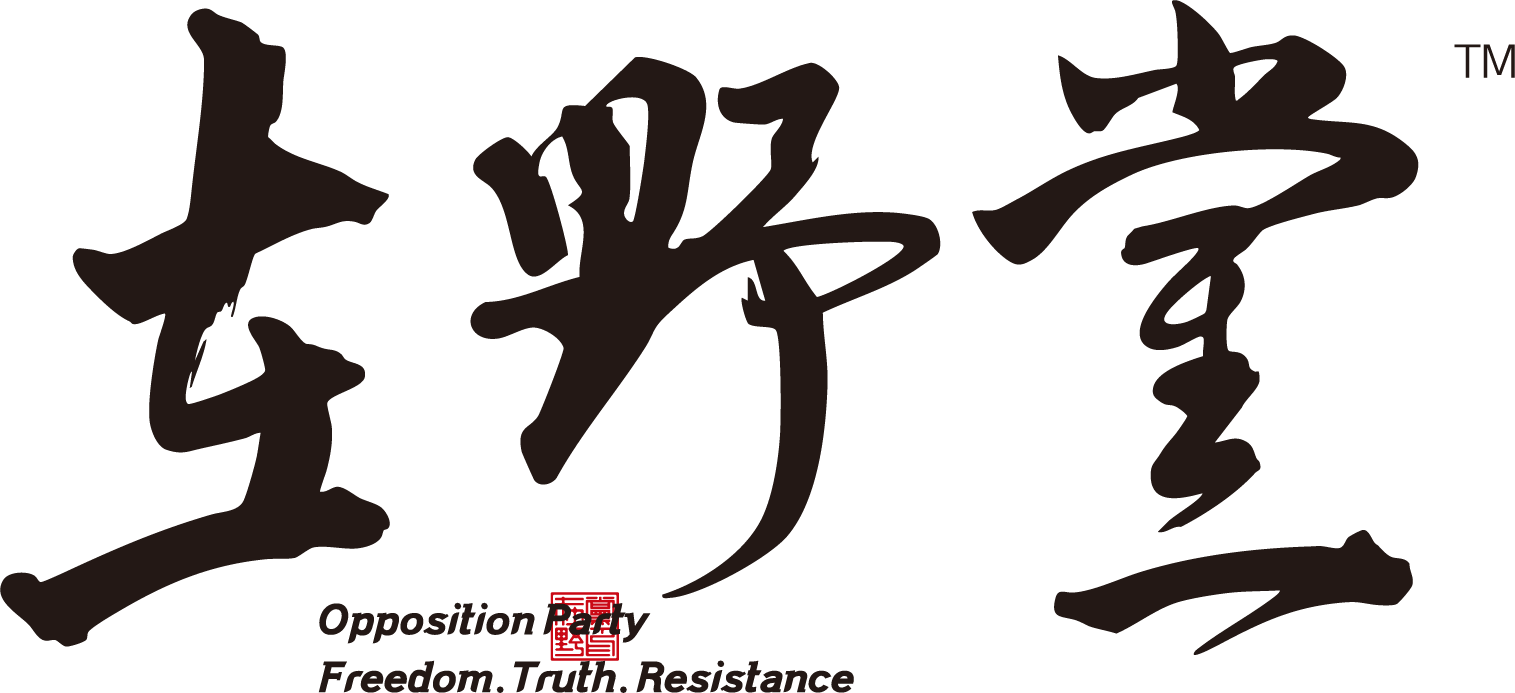作者:赵杰 2025年7月8日 编辑:罗志飞 责任编辑:鲁慧文
2025年7月1日,甘肃天水,一家幼儿园被曝出233名幼儿血铅中毒。经调查,园长朱某琳等人同意在食品中添加含铅彩绘颜料,这些颜料包装上明确标注“禁止食用”。更讽刺的是,这些“颜料”是通过网购平台轻松购得,然后稀释后用于烘焙和甜点制作。
谁吃进了这些毒?是三四岁的幼儿,是底层普通家庭的孩子。我们看到的不只是一个幼儿园的事故。 2023年5月我的女儿就读于洛阳市涧西区51中学附属幼儿园时,我在幼儿园食堂发现大面积腐烂的苹果依然保留,准备切块给孩子们做午餐食用,最后经历举报给老师,校长和当地食品局无果后被迫给孩子转到私立幼儿园,这只是我个人的经历,但想想看社会层面上又发生多少这样的事情:
震惊中外的三鹿奶粉事件毁了多少原本幸福的家庭,最后的元凶三鹿集团董事长田文华只被判无期徒刑,2025年最新消息,田文华服刑期间表现良好已经获得三次减刑,而那些被害的家庭现在依然承受着这场人为的苦难。
江西“鼠头鸭脖”事件:学校食堂饭菜里吃出疑似老鼠头,被官方坚称是鸭脖,公然挑战人类底线“指鼠为鸭”直到舆论爆炸才改口;
食用油罐车事件:罐车运输完化学品不清洗,直接装食用油,几十万吨问题油流入市场。
这些事件曝光后,舆论愤怒,官方遮掩打压舆情,甚至当众“指鼠为鸭”虽然到最后一些人会被刑拘。看似处理得当,实则是老套剧本的重演——基层背锅,舆情冷却,事件归档。
我们不禁会问为什么?为什么出事的不是高官子弟?各大政府机关幼儿园呢?而是千千万万在底层挣扎的普通人。
如果你仔细观察,会发现:
监管从不缺文件,但总是慢半拍;
媒体偶尔发声,但很快禁声;
责任人总有替罪羊,但系统从不改变。
看似混乱,实则有序;看似失误,实则默许。
这不是“没人管”,而是“有人设计”。
我看到一个段子,说中国未来不太可能真正老龄化,因为政府正在通过一种“默许”的方式,让底层人群长期使用有毒食品。
我们年轻时,新陈代谢快,毒素还能排出去;等我们五六十岁,新陈代谢下降,毒素积累,癌症、高血压、肾衰竭接踵而至。我们进医院,政府的医疗体系就能榨干我们最后一点积蓄。等我们死了,养老金也省了。
这一套逻辑环环相扣:
• 年轻时,我们被压榨劳动力;
• 中年时,我们靠吃毒熬日子;
• 老年时,我们刚要喘口气,就被病榨干;
• 死后,我们一辈子的辛苦钱又回到了体制里。
如果这真的是计划,那它无疑是精妙的。我们辛苦一辈子,最后什么都没留下,甚至连原因都不知道。
我们当然不能断言这一切是真的。
我们只是假设:
如果毒食品是被默许的;
如果榨干我们的是一套制度性的链条;
如果整个社会是在“选择性地投毒”;
这只是个假设,但你有没有觉得它太熟悉了?我们当然希望这是危言耸听。
但更可怕的是——它可能不是。
What If the Poison Is Permitted? A Shocking Hypothesis on Lead Poisoning, Edible Oil, and the Fate of the Underclass
By Zhao Jie | July 8, 2025 | Edited by Luo Zhifei | Chief Editor: Lu Huiwen Translator: Lu Huiwen
On July 1, 2025, in Tianshui, Gansu, a kindergarten was exposed for having 233 children suffering from lead poisoning. Investigations revealed that the principal, Zhu Moulin, along with others, knowingly approved the use of lead-based decorative pigments in food—pigments clearly labeled “not for consumption” on their packaging. Even more disturbing: these “paints” were easily purchased online, then diluted and added to baked goods and desserts.
Who were the victims?
Three- and four-year-old children.
Children from working-class families.
This isn’t just an isolated kindergarten scandal—it’s a symptom of something far deeper.
In May 2023, while my daughter attended the affiliated kindergarten of No. 51 Middle School in Luoyang, I discovered rotten apples—large batches of decaying fruit being prepared for children’s lunch. I reported it to teachers, then the principal, then the local food safety authority—to no avail. In the end, I had to move my child to a private school. That was just one father’s story. But how many such incidents are quietly unfolding across China?
Think of the infamous Sanlu milk powder scandal—how many once-happy families were destroyed? The company’s CEO, Tian Wenhua, was merely sentenced to life in prison. Now, in 2025, reports say she’s already had three sentence reductions for “good behavior”. Meanwhile, the families she ruined continue to suffer lifelong consequences.
More recent horrors include:
• The “Rat Head vs. Duck Neck” Incident in Jiangxi – A suspected rat head was found in a school meal. Officials insisted it was “just a duck neck,” gaslighting the public until mass outrage forced them to backtrack.
• The Tainted Oil Tanker Scandal – Trucks that transported industrial chemicals were never cleaned before being repurposed to carry edible oil. Tens of thousands of tons of contaminated oil have entered the market.
Each time these stories break, we see the same pattern:
Public outcry.
Government censorship.
A few scapegoats detained.
Case closed.
But the system? Untouched.
We have to ask:
Why does this always happen to the children of working-class families?
Why not to the children of officials?
Why not at kindergartens in government compounds?
Look closely, and you’ll see:
• Regulations are never absent—but they always come too late.
• The media occasionally speaks up—but is quickly silenced.
• Someone is always blamed—but the system never changes.
It looks like chaos, but it’s disturbingly orderly.
It seems accidental, but reeks of deliberate tolerance.
This isn’t “neglect.”
This is permission.
This is design.
There’s a bitter joke going around:
“China won’t truly age, because the government is letting the poor quietly die off from long-term food poisoning.”
When we’re young, our metabolism can still flush out toxins.
But by our fifties and sixties, those toxins accumulate—leading to cancer, hypertension, organ failure.
We end up in hospitals.
The healthcare system drains our last savings.
When we die, the government saves on pensions.
It’s a seamless loop:
• In youth, we’re overworked.
• In midlife, we survive on poisoned food.
• In old age, we’re bled dry by medical bills.
• In death, the system reclaims all we’ve earned.
If this is a plan, it’s terrifying in its precision.
We spend our lives working, only to leave nothing behind—not even the knowledge of how we were destroyed.
Of course, we’re not saying all of this is true.
We’re only posing a hypothesis:
• What if poisonous food is knowingly tolerated?
• What if we’re being squeezed by a system-wide chain of exploitation?
• What if society is engaging in selective poisoning of the poor?
It’s just a hypothesis.
But doesn’t it feel all too familiar?
We hope this is an exaggeration.
But what’s truly terrifying is—it might not be.


冯仍-rId6-1920X1080.jpeg?w=218&resize=218,150&ssl=1)





